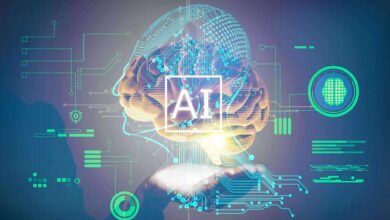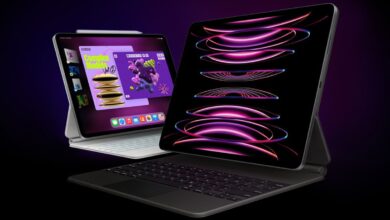Cisco Adds Generative AI and Deeper Splunk Integrations to AppDynamics

Cisco this week previewed a generative artificial intelligence (AI) assistant to the Cisco AppDynamics observability platform along with integrations to the IT Service Intelligence (ITSI) platform from Splunk and a Splunk Log Observer Connect for Cisco AppDynamics to the platform it gained earlier this year by acquiring Splunk.
Announced at the Cisco Live! 2024 event, Cisco in the third quarter will also make it possible to host Cisco AppDynamics on the Microsoft Azure platform.
Cisco also announced that it will no longer sell the Cisco AppDynamics Platform for Cloud Native Application Performance Management (APM). That platform will be replaced by Splunk Observability Cloud.
Cisco also added additional data science and machine learning algorithms capabilities to ITSI to streamline the number of alerts the platform generates. Now generally available, the Configuration Assistant in Splunk ITSI provides a centralized console by providing insights into outdated threshold models that can be optimized using guided remediations surfaced by AI models.
Finally, Cisco has enabled single sign-on capabilities to streamline shared workflows between Cisco AppDynamics and Splunk via a single console. Those SSO capabilities will be extended across the Cisco portfolio to enable increased collaboration.
Tom Casey, senior vice president and general manager for products and technology for the Splunk product portfolio, told conference attendees the platforms will gradually be integrated into a single data platform, including Cisco AppDynamics, the Cisco ThousandEyes networking monitor service and the Splunk platform. That approach will also allow Cisco to provide best-in-class capabilities for everything from application performance monitoring to digital experience monitoring across a hybrid cloud computing environment, he added.
Paul Nashawaty, practice lead for application development at The Futurum Group, said these combined capabilities highlight Cisco’s commitment to providing comprehensive visibility at a time when distributed IT environments are becoming increasingly more challenging to manage.
It’s not clear to what degree organizations are unifying observability, network monitoring, and traditional IT service management (ITSM), but Cisco is clearly betting IT leaders will prefer to standardize on a single vendor to reduce integration costs that would otherwise be incurred when using platforms provided by disparate vendors. That centralized approach will also make it simpler to train multiple AI models that will be used to further automate a range of workflows that today span multiple IT siloes.
Less clear, however, is to what degree the acquisition of Splunk might contribute to a consolidation of IT platforms as rivals make similar acquisitions to drive a more platform-centric approach to unifying the management of IT.
Each IT organization needs to decide how to best structure themselves as workflows across those teams become more integrated. Certainly, the overall size of application portfolio to be managed is only going to continue to expand as AI makes it simpler to build and deploy software. As a result, IT teams most certainly need to apply best DevSecOps practices at higher levels of scale to ensure application availability across highly distributed computing environments.



